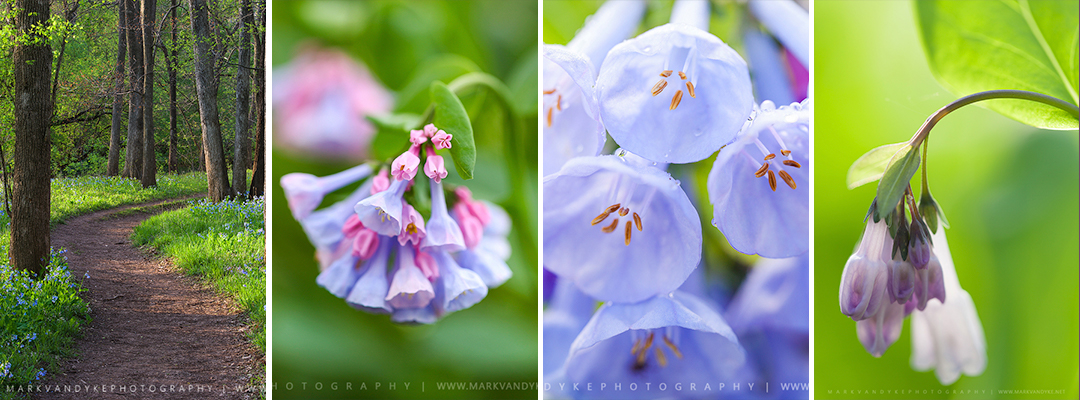
Photo Essay: Virginia Bluebell Wildflowers
Each year, a small gap in my travel schedule allows a return to my hometown of Northern Virginia to witness and photograph the Virginia Bluebells. Much of the early spring hype is focused on the nearby Japanese Cherry Trees in downtown Washington D.C., where visitors from all over the world are flocking to the planned urban landscape of the city to witness the bloom much as they would to a concert venue to see a famous show or singer. At roughly the same time, a humble and quickly fading wildflower is putting on a far quieter show along waterways and floodplains–a show that I happen to be more partial towards. Virginia Bluebells–tiny sky blue flowers–carpet the spring woodlands of the Potomac River and its tributaries during early spring, popping up in an opportunistic manner, colonizing areas of rich, moist soil and stealing as much sunshine from above as possible. And then, without drama, they just disappear back into the ground not to be seen until next year.
Virginia Bluebells (Martensia Virginica)–also known as Virginia Cowslip and Roanoke Bells–are perennial woodland wildflowers. Classified as ephemeral’s, Virginia Bluebells flower during early spring before the deciduous tree canopy above blocks ample sunlight from reaching the forest floor. Bluebells prefer rich, moist soils, areas often associated with floodplains near rivers and streams. Their bell-shaped flowers don an array of pinks when in bud stage and gradually transition to a sky blue upon flower (although some stay pink and others a pure white). The clusters of flowers nod heavily towards the ground on arched stems and their life cycle is short, flowering for only a week or two and then disappearing underground again until next spring.
There are numerous areas to view Bluebells in the Washington D.C. Metro area. I typically hit at least two each season: Bull Run Regional Park and Riverbend Regional Park.
BULL RUN REGIONAL PARK
Bull Run Regional Park is rather unassuming. This local attraction is somewhat of a wolf in sheep’s clothing presenting as nothing special, yet full of seasonal magic. I’m typically returning from the Lowcountry of South Carolina and planning to leave for Great Smoky Mountains National Park when I visit Bull Run. Forget the gentle curve of the Blue Ridge Parkway or the dramatic plantation entrances of the Lowcountry, the drive to Bull Run Regional Park is a battle of Northern Virginia traffic. Stop and go is the pace, moving along in a mass of school, work and here-and-there traffic along Virginia 28, also known as the Dulles Technology Corridor. This is an area known for a high concentration of defense and tech companies; you’re likely to pass an inconceivable number of data centers (ever wonder where your “cloud” backups are going?!). Nearby Dulles International Airport provides the mobility necessary for this type of growth; the metro follows closely, not far out now, extending outside of Washington D.C. and making its way one construction project at a time towards the airport (despite some local opposition). In short, this is a landscape of rapid growth, one The Atlantic Magazine labeled “the Silicon Valley of the East.” While this is a familiar landscape to me (where I grew up), it is not my typical haunt for outdoor landscape photography!
Get through the hustle of Northern Virginia and you’ll find that unassuming little park, Bull Run Regional Park. What you’re looking for is the Bluebell Trail, a 1.5 mile loop trail (blue blaze). The Bluebell Trail travels along portions of both Bull Run and Cub Run, two slowly flowing tributary streams that eventually meet up with the Occoquan River (tributary to the Potomac). With spring rains frequent, Bluebells growing near to stream banks, and a largely absent leaf canopy above, expect the trail networks to be considerably muddy and messy this time of year. Appropriate footwear and expectations can make the trip much more enjoyable. The entire length of the Bluebell Trail is worthwhile. What differentiates Bull Run from other Bluebell viewing locations for me personally are the ample opportunities to photograph the bluebells reflecting into calm waters. Somewhat protected from light winds, the tributary streams will even sometimes produce neat low-lying fog when the weather cooperates. For longer adventures, continue down the Bull Run Occoquan Trail (BROT) which travels from Bull Run Regional Park to Fountainhead Regional Park about twenty miles downstream.
Above everything, the annual Bluebell bloom reminds me that the best of the natural world is not confined to National Parks or carefully preserved plots of land. Incredible sights happen all around–even in the heart of one of the most rapidly urbanizing areas in this country. That knowledge makes me want to pay closer attention, look harder, and to “see more” of the world around me.
RIVERBEND REGIONAL PARK
Riverbend Regional Park is tucked into an established and very wealthy subdivision along Georgetown Pike in Fairfax County, a primary feeder road to the nearby Capital Beltway. One of several parks in a chain that provide a buffer near the banks of the Potomac River watershed, Riverbend is just upstream of Great Falls National Park. Unlike Great Falls, however, Riverbend is typically free to enter and far less crowded. An added bonus in the spring is the annual Virginia Bluebell bloom. From the parking area along the Potomac Heritage Trail (PHT) in either the north or south directions one will find large stands of Bluebells growing along the floodplains of the river. There are some beautiful trail scenics to the south of the parking area. However, the majority of my camera work is done north of the parking area where I personally have found a greater variety of wildflowers mixed in with the Bluebells. Unlike Bull Run, it is difficult to find ways to incorporate water from the river with the Bluebells. Instead, this is a location where I really like to work with the macro.
Riverbend Regional Park is a place of my childhood. Long before regulation pretty much wiped out trail access for mountain bikers, my father and I would roll the trails just about every evening. I can literally call upon the feel of the trails when I close my eyes: I remember the hills I battled to climb, those that I bombed down, and the many different seasons that passed underneath my tires. All of this was long before a camera. Now, when I return for a couple of days each spring, camera in hand and hiking boots on my feet instead of bike cleats, it is neat to remember how different my experiences were within the park what seems just a short time ago.
Carrying the weight on the end of a limb
you’re just waiting for somebody
to pick you up again.
Shaded by a tree, can’t live up to a rose
all you ever wanted
was a silent place to grow.
Miranda Lambert, Song Lyrics, Virginia Bluebell

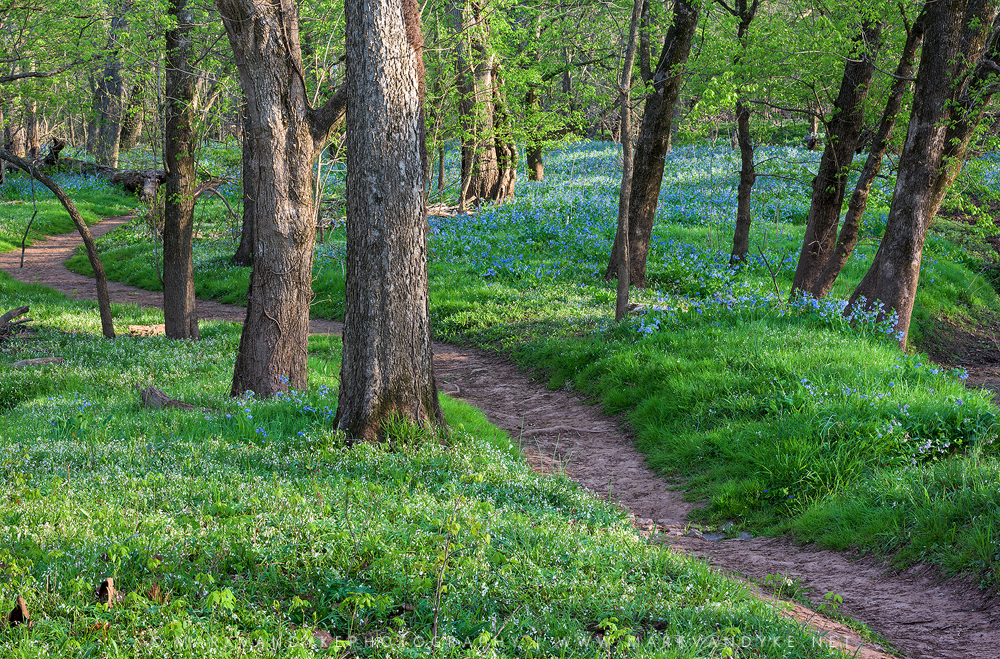
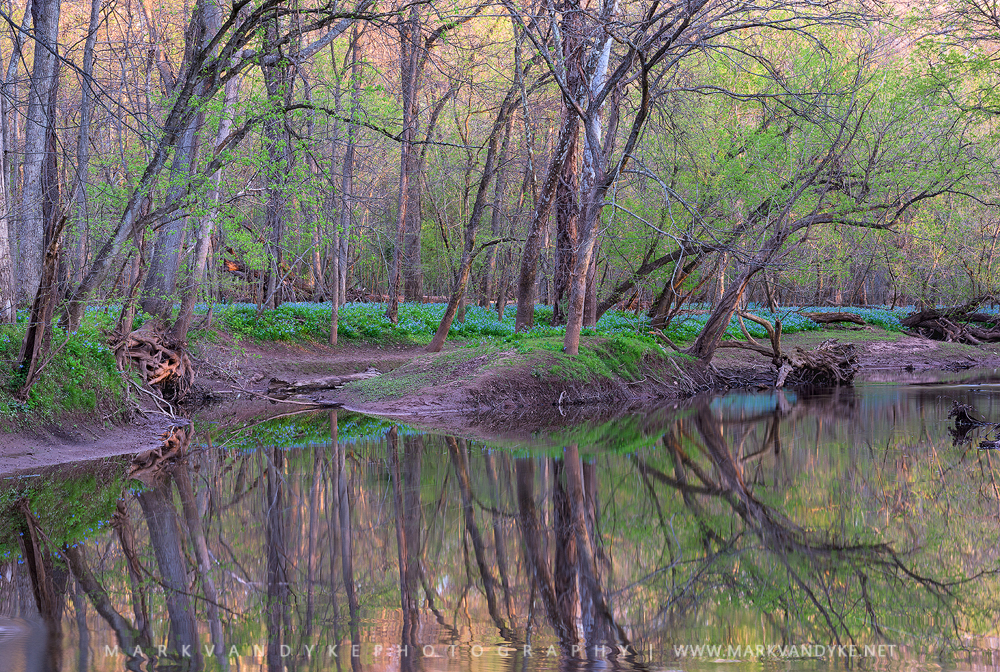
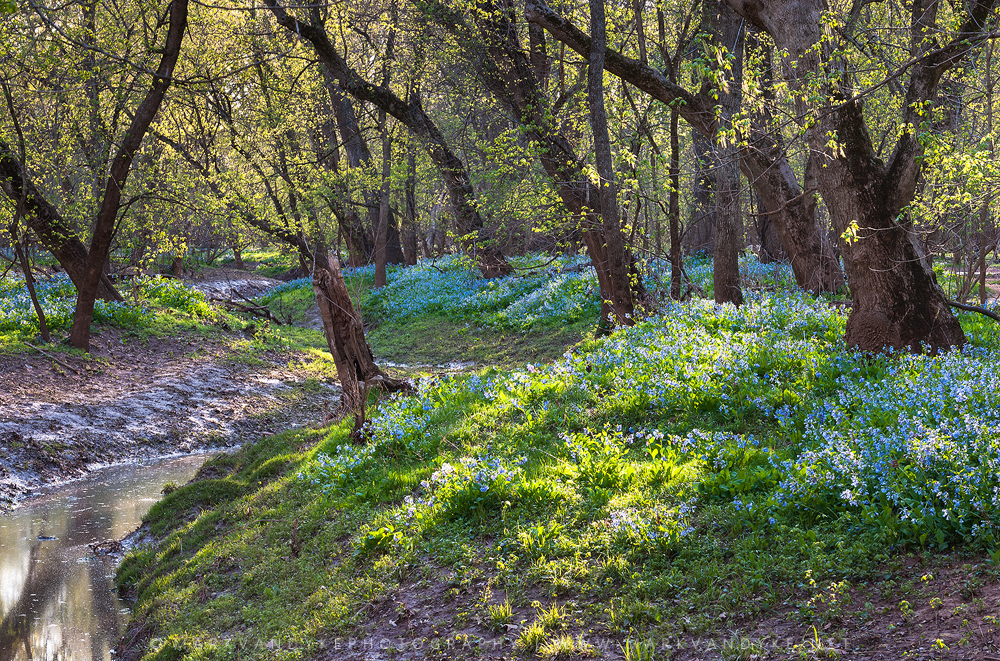
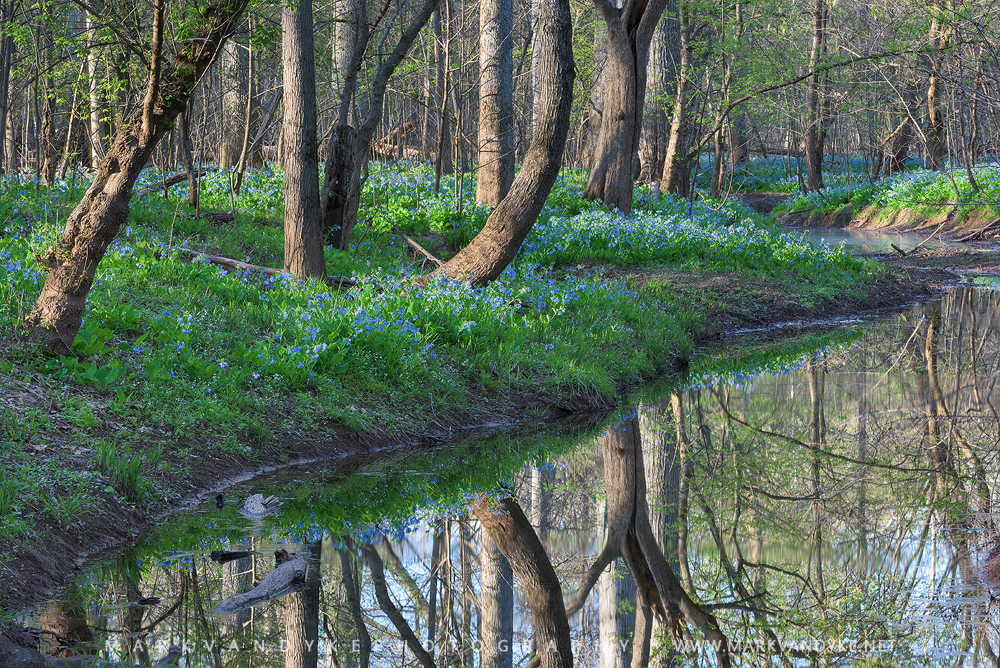
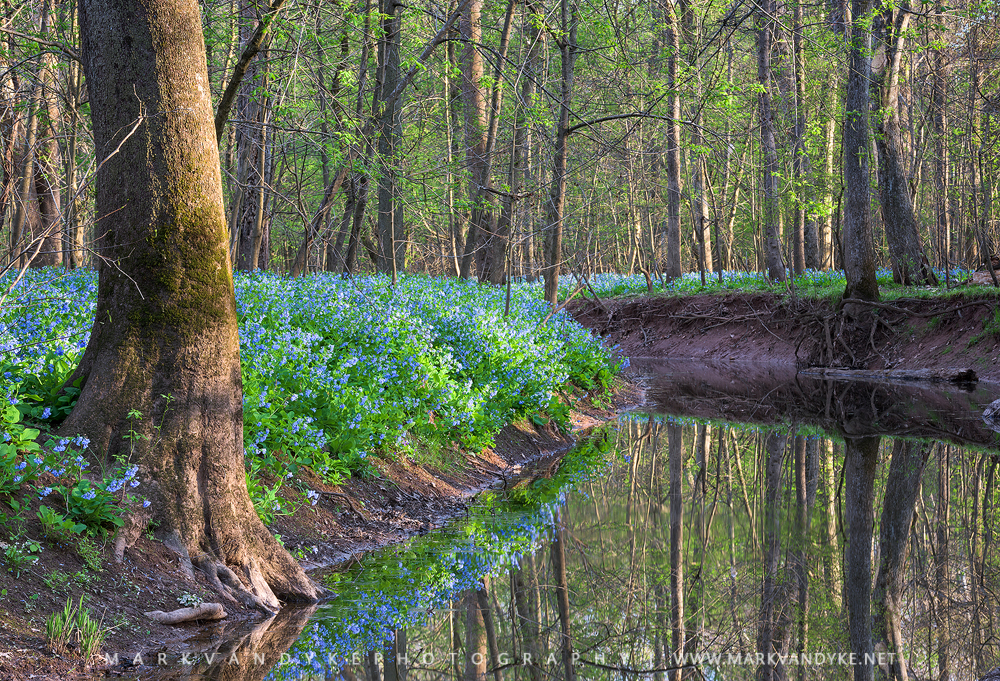
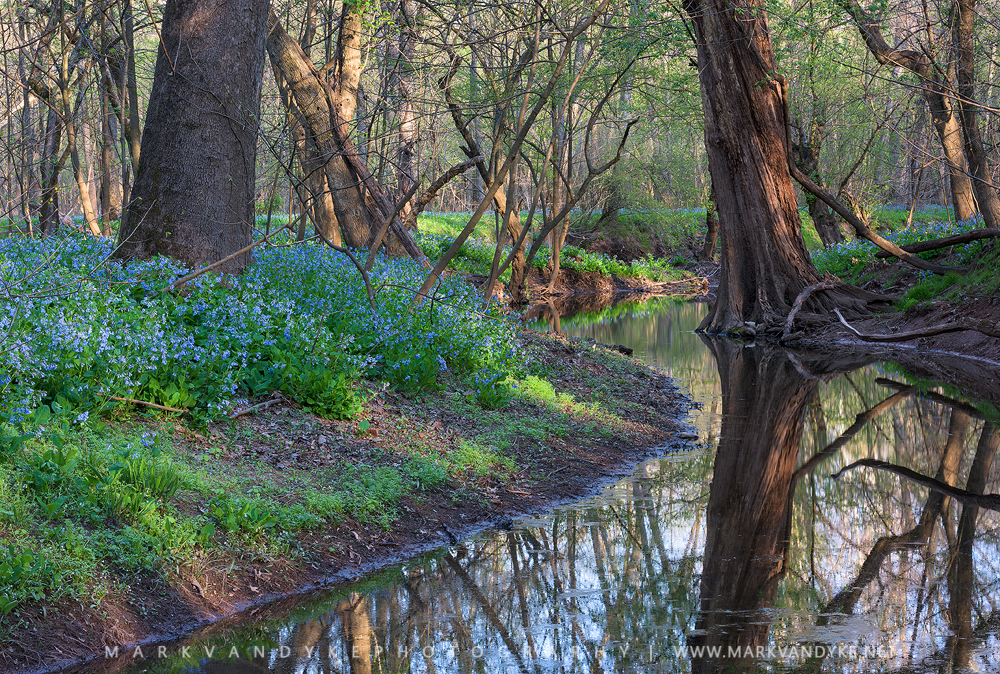

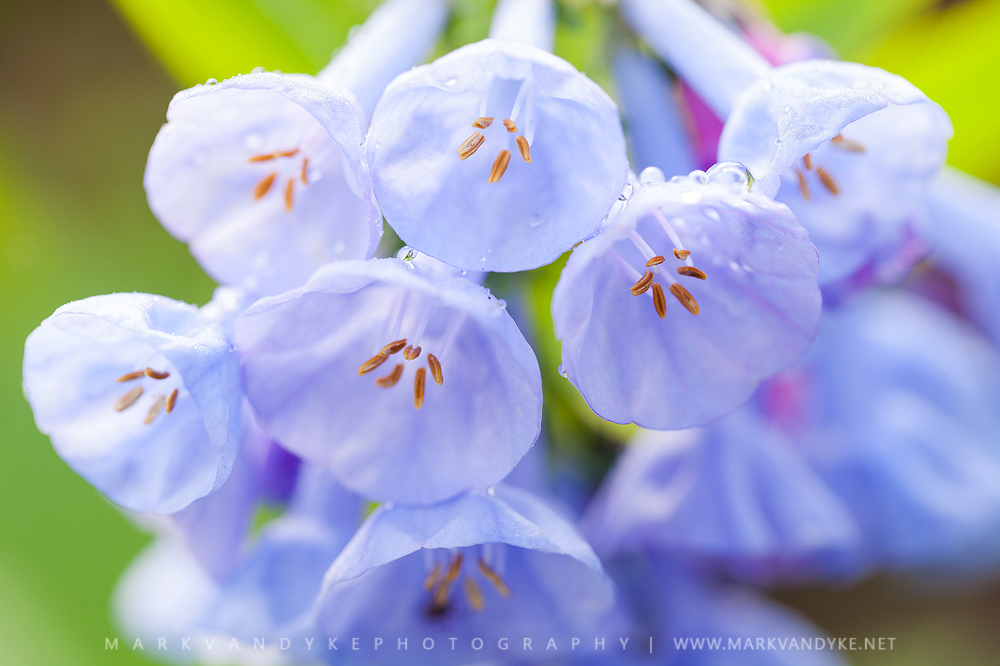
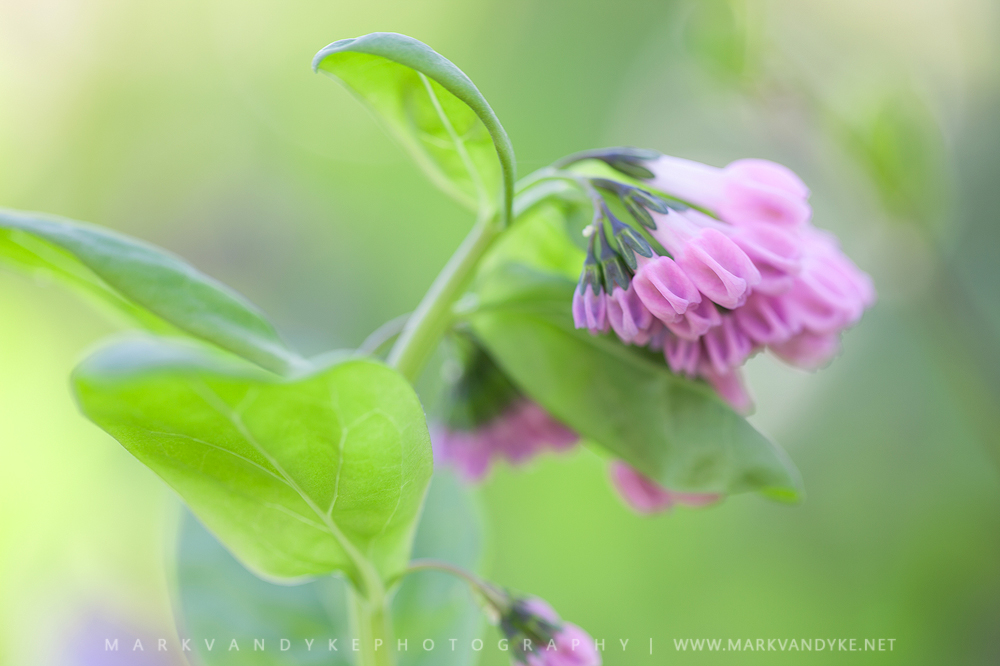
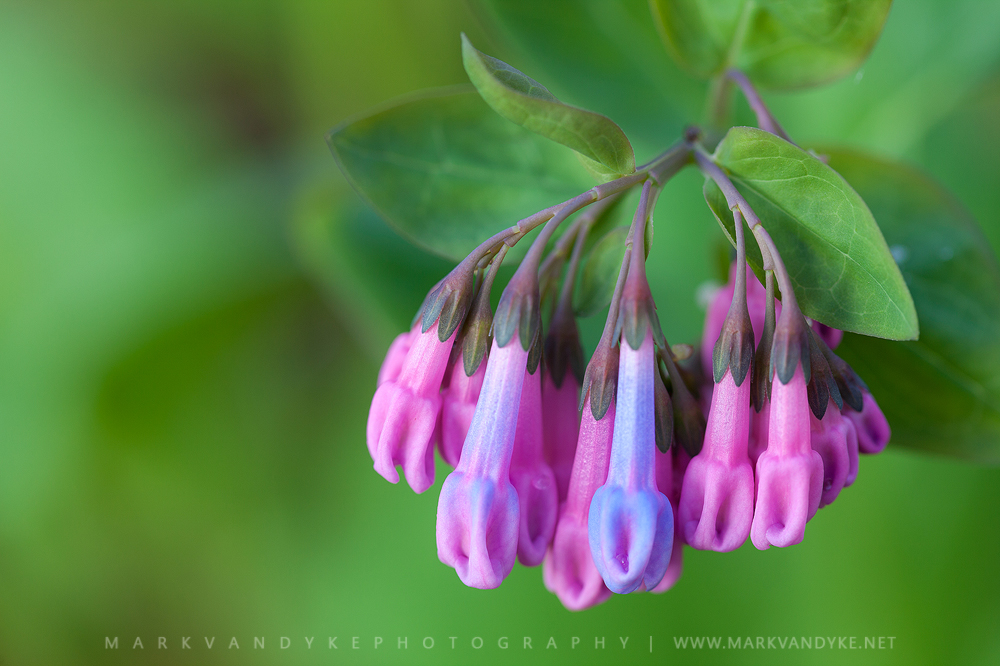
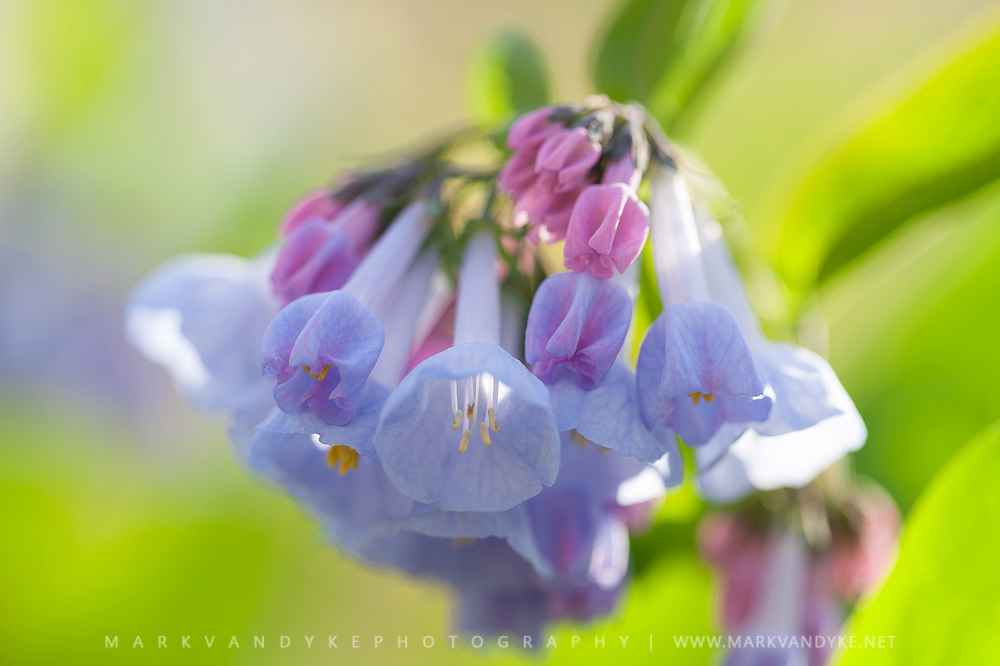
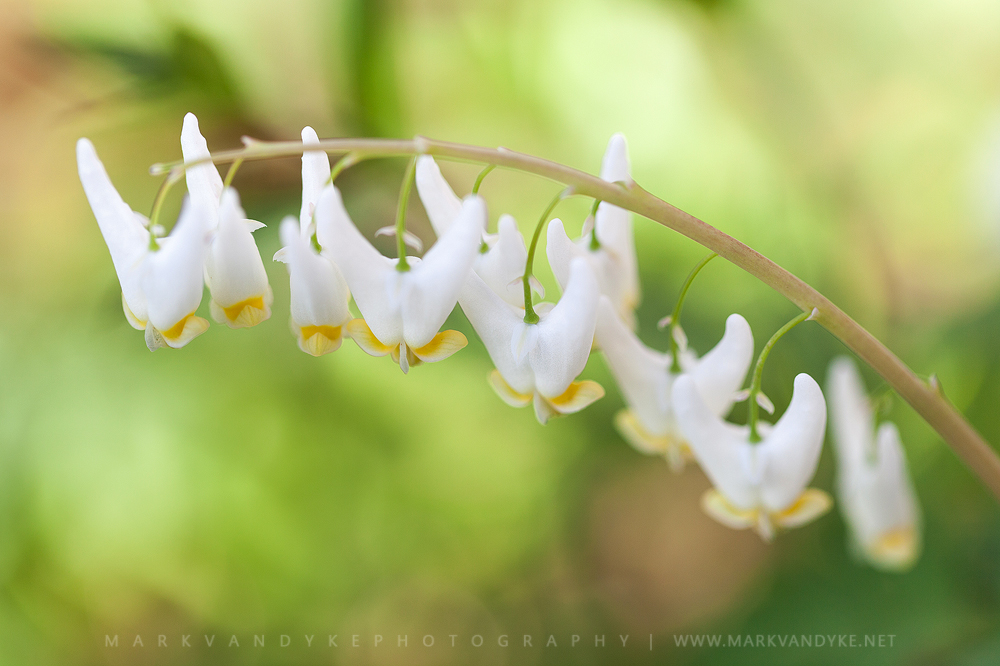
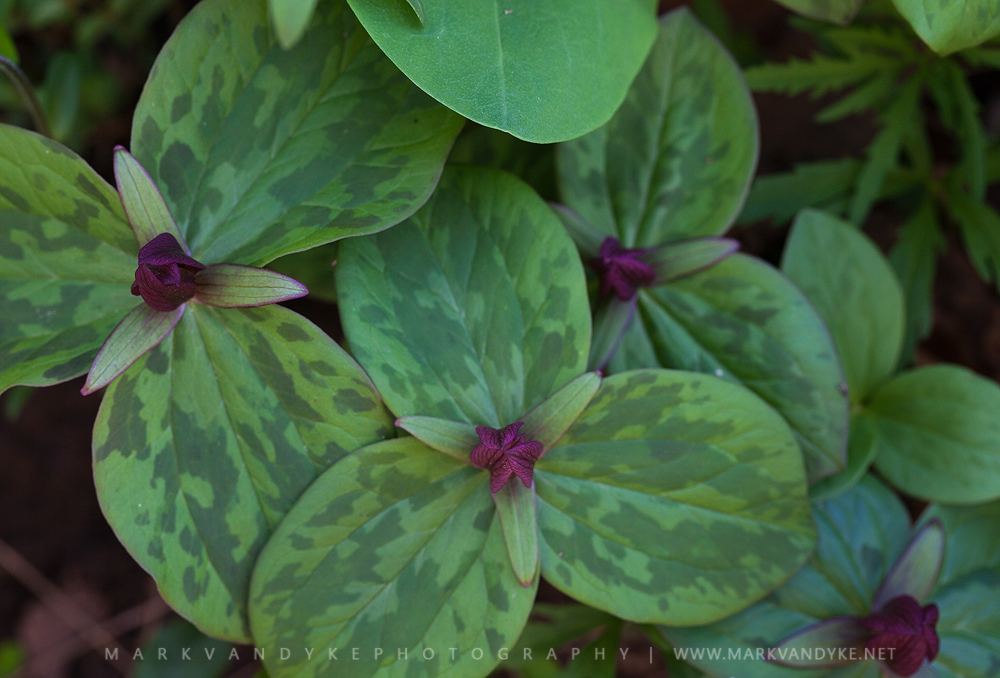
Nice.. we have a nice Bluebell area in the Accotink Stream Valley, Springfield to Ft. Belvoir.
Thanks, Doug! I might have to check that area out as well. Spring is coming so early this year I’m scrambling to get my schedule adjusted! Saw lots of flowers today while walking around Meadowlark Botanical Garden in Vienna, VA. Shouldn’t be too long now before the Bluebells make a showing.
Really lovely – and only weeks away. Now they’re biding time until temps say spring.
Thanks, Barbara! I just got back from my annual journey to the South Carolina and Georgia coastlines. My first walk today in the Northern Virginia area was along the banks of the Potomac at Riverbend Park. I was excited to see the Bluebells up and in bud! I would say about a week and the forest floor should once again be alight in sky blue shades. Always a neat time of year!